(9938 products available)



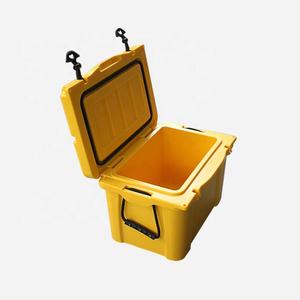

















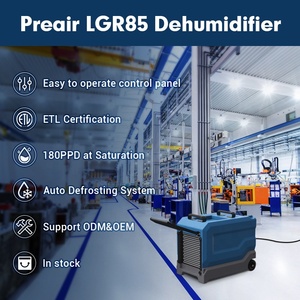


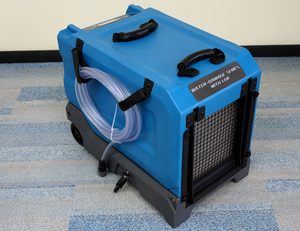












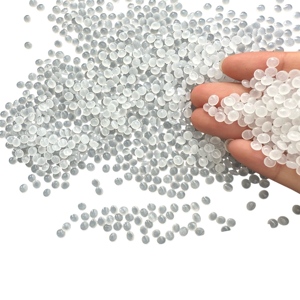






















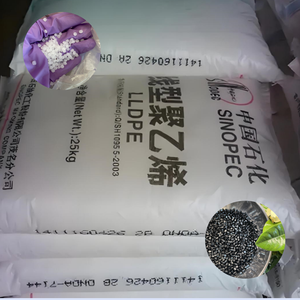












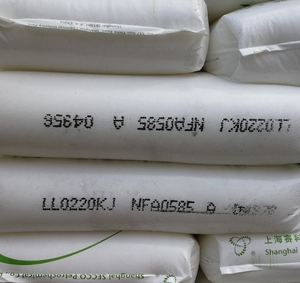
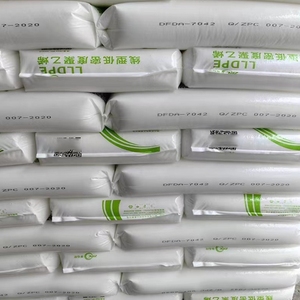
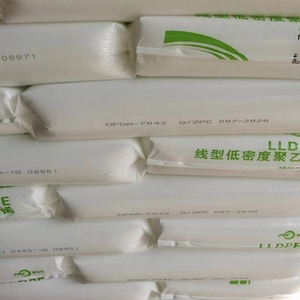











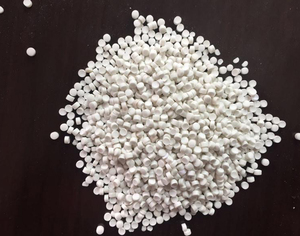



















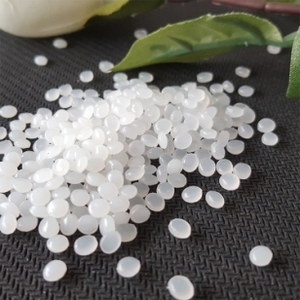

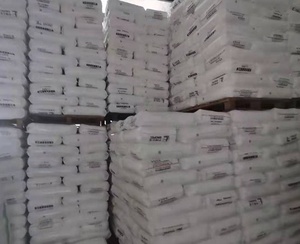



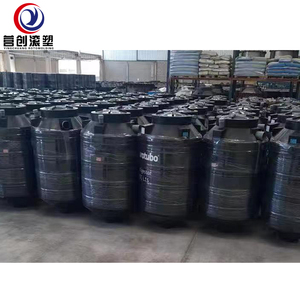
















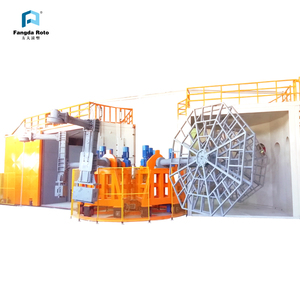
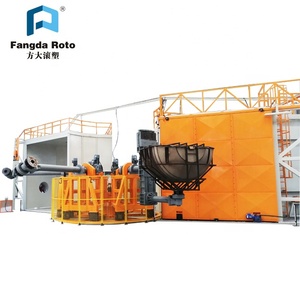






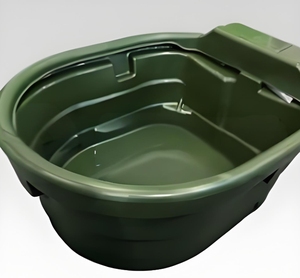





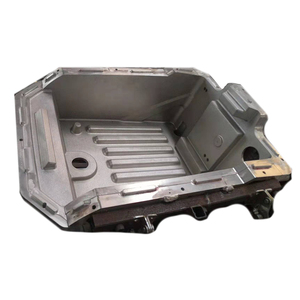







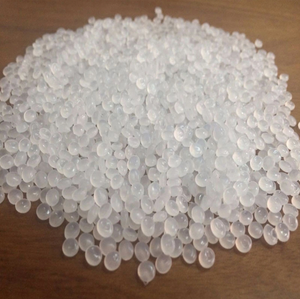







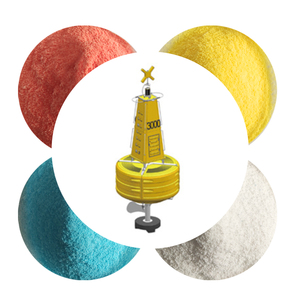













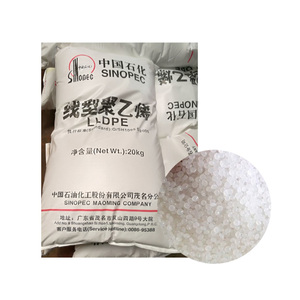









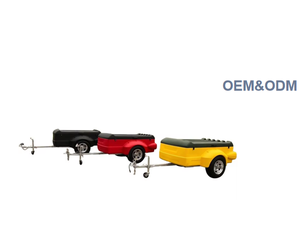





Linear Low-Density Polyethylene (LLDPE) is a versatile type of plastic raw material that has gained significant popularity in various industries due to its unique properties. It is a type of polyethylene characterized by its lower density, which results in enhanced flexibility and toughness. rotomolding lldpe is typically produced through copolymerization processes involving ethylene and alpha-olefins, giving it a distinct molecular structure that contributes to its superior performance in applications such as film production, packaging, and molded products. With its remarkable resistance to punctures and tears, rotomolding lldpe is an ideal choice for manufacturers seeking durable material solutions.
There are several types of rotomolding lldpe products available, each tailored to specific applications and industry needs. The most common forms include LLDPE films, sheets, and molded products. LLDPE films are widely used in packaging due to their exceptional strength and flexibility, making them suitable for stretch films and agricultural films. Sheets of rotomolding lldpe are often utilized in construction and industrial applications, where durability and resistance to environmental factors are crucial. Molded products made from LLDPE, such as containers and lids, benefit from its impact resistance and ease of processing, making them ideal for consumer goods and automotive components.
The functions and features of rotomolding lldpe are extensive, making it a preferred material in many industries. Its flexibility and toughness allow it to withstand significant stress without breaking, which is particularly beneficial in packaging applications where protection is paramount. The material's resistance to chemicals and UV radiation further enhances its suitability for outdoor applications, such as agricultural films. Additionally, rotomolding lldpe exhibits excellent sealability and barrier properties, which are essential for preserving the freshness and integrity of packaged goods. Its lightweight nature also contributes to reduced transportation costs and energy consumption during manufacturing.
The production of rotomolding lldpe involves specific materials and ingredients that define its properties. The primary component is ethylene, which is combined with alpha-olefins such as butene, hexene, or octene to create the copolymer structure of LLDPE. This copolymerization process is crucial in achieving the desired balance between strength and flexibility. Additives may be incorporated to enhance certain characteristics, such as UV resistance or anti-static properties. These additives ensure that rotomolding lldpe meets the stringent requirements of various applications, from food packaging to industrial films. As sustainability becomes increasingly important, manufacturers are exploring the use of recycled materials and bio-based alternatives to reduce environmental impact.
Utilizing rotomolding lldpe effectively requires understanding its properties and optimizing its applications. When using LLDPE films for packaging, it is essential to select the appropriate thickness and formulation to ensure adequate protection and performance. For agricultural applications, consider factors such as UV resistance and durability to maximize the lifespan of the films. In construction and industrial settings, rotomolding lldpe sheets should be chosen based on their resistance to environmental stressors and mechanical strength. Proper processing techniques, such as extrusion or injection molding, are vital to achieving optimal results with LLDPE materials. Additionally, promoting recycling and responsible disposal practices can help mitigate the environmental impact associated with rotomolding lldpe products.
When selecting the appropriate rotomolding lldpe, it is essential to consider the specific requirements of your application. The molecular weight distribution and comonomer type can significantly influence the properties of rotomolding lldpe. For instance, a broader molecular weight distribution may enhance the toughness and impact resistance, making it suitable for heavy-duty applications like industrial films. Meanwhile, the choice of comonomer, such as butene or octene, can affect the flexibility and clarity of the final product. Understanding these factors will help ensure that the rotomolding lldpe selected will meet the performance demands of your specific use case.
Another key factor in choosing rotomolding lldpe is the end-use environment. If the product will be exposed to sunlight for extended periods, selecting a grade with UV stabilizers is crucial to prevent degradation. Similarly, for applications involving food contact, it is important to verify that the rotomolding lldpe complies with relevant food safety regulations. In scenarios where high transparency is required, opting for a low haze grade of rotomolding lldpe can be beneficial. Considering these environmental and regulatory factors will help in selecting the most appropriate type of rotomolding lldpe for your needs.
LLDPE is widely used in various applications due to its versatility. Common uses of rotomolding lldpe include packaging films, agricultural films, and geomembranes. Its excellent puncture resistance and flexibility make it ideal for stretch film applications, while its chemical resistance is beneficial for containers used in industrial settings. Additionally, rotomolding lldpe is often employed in the production of molded products and plastic bags.
While both are types of polyethylene, rotomolding lldpe differs from LDPE in its production process and properties. LLDPE is produced through copolymerization, resulting in a linear structure with short branches, which imparts greater tensile strength and flexibility compared to the branched structure of LDPE. This makes rotomolding lldpe more suitable for applications requiring durability and impact resistance.
Yes, rotomolding lldpe is recyclable and can be processed through conventional recycling methods. However, the recycling rate can be influenced by factors such as contamination and the availability of recycling facilities. It is important to clean and properly sort rotomolding lldpe materials before recycling to improve their recyclability and reduce environmental impact.
Using rotomolding lldpe in packaging offers several advantages, including enhanced flexibility, puncture resistance, and cost-effectiveness. These properties make it an excellent choice for stretch films and shrink wraps, where durability and performance are critical. Additionally, rotomolding lldpe's lightweight nature contributes to reduced shipping costs and energy consumption during production.
Temperature can significantly impact the performance of rotomolding lldpe. At lower temperatures, rotomolding lldpe retains its flexibility and toughness, making it suitable for cold environments. However, at higher temperatures, its mechanical properties may diminish, requiring careful consideration of operating conditions. It is important to choose the appropriate rotomolding lldpe grade to withstand the temperature range of the intended application.